Last month, we shared the winners of the inaugural 2014 FCI Installation Awards, sponsored by ProKnee. They were: Ron Mayo, Flooring Systems, Best Commercial Carpet Installation; Ben Bowden/Ivan Gospodinov, Stone Age Marble, Best Commercial Tile/Stone Installation; Nick Mooren, H.J. Martin & Son, Best Commercial Resilient Installation; Alex Murray/Elissa Schultz, A&E Tile Design, Best Residential Tile/Stone Installation; and Joseph Rocco, Artistic Floors by Design, Best Residential Hardwood Installation. All winners received a plaque and a pair of custom-fit kneepads from ProKnee.
The Winners:
- Best Commercial Tile/Stone Installation
- Best Commercial Resilient Installation
- Best Residential Tile/Stone Installation
- Best Residential Hardwood Installation
- Best Commercial Carpet Installation
With entries voted on by our readers online, the awards were designed to shine a spotlight on the expert professionals within the installation community. Since FCI is a magazine designed specifically for the installer and his and her needs, we wanted to create an awards program that celebrates installers’ achievements with some of the best and most creative installations of the year in a wide range of materials, both commercial and residential. At press time, we were able to get in touch with four of the winning companies to talk more about their award-winning projects and what it means to them to have their projects chosen as among the “best of the best” by their peers.
Best Commercial Tile/Stone Installation
Giovanni La Fauci, Stone Age Marble president, said installers Ben Bowden and Ivan Gospodinov, and the company as a whole, were very proud to win an FCI Installation Award. He called the installation of a compass rose at the Bay Centre mall in Victoria, British Columbia, “extremely challenging.”
“The challenge of this particular project was that the existing compass rose, painted onto concrete, had to be removed with chisels and hammers. All that work had to be done at night. We then had to rent a machine to grind down the concrete to get the proper elevation for the new floor going in. There was a zero tolerance policy for dust, so when it came to mixing the thin-set we had to do it in the garage and then haul everything up. The whole installation took two weeks, including removal of the old compass rose and installation of the new one.”
He noted this project was the first time the company had used TheSize’s Neolith product, a compact sintered surface offered in large-scale formats. “More than anything, this job represented the first time we worked with a large-format compact surface, compared to tile. It was a lot easier of a transition than we were expecting. There weren’t as many joints as standard tiles for one, and the strength of the material allowed us to create and design pretty much anything we wanted. Some of the tips on this waterjet-cut compass rose were so thin and delicate I thought they would break. That was the biggest surprise – the material was strong enough to handle it.”
La Fauci added, “The product was relatively easy to install thanks to the large format (144” by 48”). The whole installation, with the diameter of the circle measuring 7.62 meters or 25 feet, was achieved using only one material in three different colors. The longest sides of the compass rose are made of a single piece of the product (more than 3 meters, or nearly 10 feet).”
On his company being recognized with an award, La Fauci stated, “It was overwhelming in terms of realizing that people in the industry appreciate the work we do. We won this award while working with a brand-new product, and we are going to carry on with our work with renewed confidence.”
Best Commercial Resilient Installation
Nick Mooren, H.J. Martin & Son, was part of the installation team that worked on the revitalization of the Madison Central Public Library in Madison, Wis. The full project took nearly 10 months, and involved a 25,000 sq. ft. expansion to enclose a formerly open entry in a glass atrium and add a partial third floor. Flooring included products from Forbo, Flexco, Interface, Shaw Contract and Bentley, with installation materials from Ardex/The W.W. Henry Co. and Schluter metal transitions.
Mooren and his team were particularly involved in the Children’s Reading Room, with templates constructed by H.J. Martin & Son. The installation required linoleum on the ceiling, floors and walls for special reading nooks set into the room. These pieces were curvilinear, in eight colors, and also featured the weld rod in the pattern. “This project required some thought and some struggles,” Mooren acknowledged. “We used Forbo Marmoleum on the floors, the walls and the ceiling. Getting it to stick on the ceiling was probably the biggest challenge for us – we had to have three or four guys hold the piece against the ceiling and then make braces for the wall until the glue set up.”
He added, “Working on the ceiling was one of the hardest things I’ve ever done. But as far as the floor went, we are used to doing jobs with patterns and figuring out how to make it work on-site. You definitely have to keep an open mind and think ahead. You can’t think so much about what you’re doing as what you’re doing next, because you are always going to encounter stuff that will cause a situation and you will need to have the answers quickly.”
Regarding the award, Mooren stated, “It reflects well on our company and our capabilities. It’s nice to be noticed, especially when it’s a project we’re extremely proud of.”
Best Residential Tile/Stone Installation
Alex Murray and Elissa Schultz, A&E Tile Design, installed 1” mosaic and 2’ by 2’ slate in a 600 sq. ft. area for a cottage in Muskoka, Ontario. The installation took around a full week, and used mosaic from previous projects inlaid between slate tiles supplied by the homebuilder. “The mosaic itself had been around for a while, and it was falling off in sheets,” Murray recalled of the installation. “Much of the mosaics were left over and there was barely enough, so lots went in one by one. The overall thickness of the tiles also varied greatly from piece to piece.”
He installed the slate and mosaic using a DeWalt sand and mud mixer, MAPEI mortar and grout, and used Home Hardware sand mix to build up the mosaic inlay. “The challenge was making the mosaic the same thickness as the slate. So what I did was mortar the slate in, leveling the pieces as I went. Everything was on a diagonal in this room, which created a further challenge. Then I mixed up some dry pack, filled all the voids and left just enough room for the mosaic. That was probably the most time-consuming part of the project.”
He added, “The mosaic itself was from the end of the lot, and the builder didn’t have enough to finish the job, so they were scrounging bits and pieces from other jobs. So I was there putting in those mosaics one by one as they came in.”
On winning the award, Murray noted, “It’s nice to be acknowledged for your hard work. It’s the greatest feeling to be noticed for the work you do. We take great pride in it.”
Best Residential Hardwood Installation
Joseph Rocco, Artistic Floors by Design, installed a new living room floor for a friend in Parker, Colo., featuring 2 1/4” Select Red Oak, 4” White Oak, 3” Maple Wenge, African Mahogany and hand-carved Mindi. The two-week project, which features both raised and depressed panels, was installed using Stauf PUM-950; a Bosch chopsaw; DeWalt tablesaw; tools from Festool including a tracksaw, router and palm sander; as well Lenmar Rapid Seal and Basic Coatings StreetShoe Super Matte.
“The process of creating panels that are both raised and depressed was difficult,” he said. “The imperfect track-home builder subfloor exacerbated the working plane and challenged us in creating a unified surface. We overcame this by hand-working the depressed sections with the scraper and palm sander.” Rocco noted the design came together after he saw a quilt the homeowner had been given from her grandmother. “I thought it was a really cool design, so I played around with different design ideas and we put something together.”
He said he wishes hardwood flooring installation had more texture, which is why he went with a raised and depressed floor. “The vast majority of hardwood is flat and sanded smooth. Sure, there’s some hand-scraping for texture but that needs to be expanded. Texture not only adds interest but helps hide wear and tear.”
Rocco noted that hardwood flooring installers should always look for ways to challenge themselves. “I have to give a big shout-out to Frank Kroupa [former National Wood Flooring Association director of technical training, now retired]. He was the guy who told me never to limit myself. He said anything I can dream up in my head I can do in hardwood. I can’t thank the NWFA enough. They taught me so much not just about my craftsmanship but also my business.”
On winning the award, he added, “It was a great floor and we love to raise the bar so other hardwood guys out there will go, ‘Wow! That’s doable?’ We want to bring the whole industry up, and this award helps bring that acclaim and publicity to hardwood.”
Best Commercial Carpet Installation
Despite repeated attempts, FCI was unable to get in touch with Ron Mayo of Flooring Systems. We took the following information from his entry to share more about the award-winning project at Good Samaritan Regional Health Center in Mount Vernon, Ill., a 142-bed, 500,000 sq. ft. facility. The hospital required carpet tile, porcelain, ceramic and quarry tile, stone and sheet vinyl.
According to his entry, Tec products were used solely throughout the installation including the company’s vapor barrier, self-leveling underlayment, skim coat, crack isolation membrane, adhesives, mortar, grout and caulk. “The installers had to prepare surfaces for both wet and dry environments - including patient showers. The LiquiDAM Penetrating Moisture Vapor Barrier was applied to the concrete substrate throughout the hospital.”
His entry went on to state, “Smooth Start Self Leveling Underlayment, PerfectFinish Skim Coat and Fast-Set Deep Patch readied the substrate prior to the application of adhesives. In patient showers and restrooms, the installers performed flood testing of Tec HydraFlex Waterproofing Crack Isolation Membrane. Generally, the installers had to install a wide range of flooring types. A wide range of Tec adhesives – including Solid Vinyl Plank and Tile Adhesive, Clear Thin Spread Adhesive, Releasable Pressure Sensitive Adhesive and Premium Fast Grab Carpet Adhesive – were used to achieve long-lasting bonds with wood-looking sheet vinyl and carpet tile. Carpet tile was used in the hospital’s corridors, offices and waiting areas, while sheet vinyl was installed in corridors and patient rooms.”
Once again, FCI extends its congratulations to all the winners.



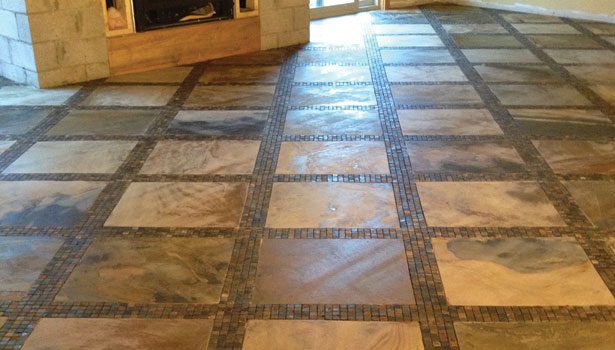

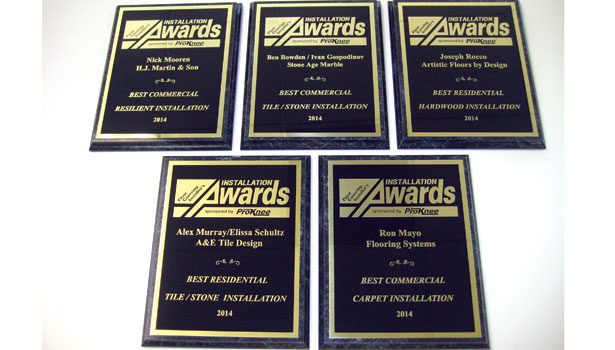

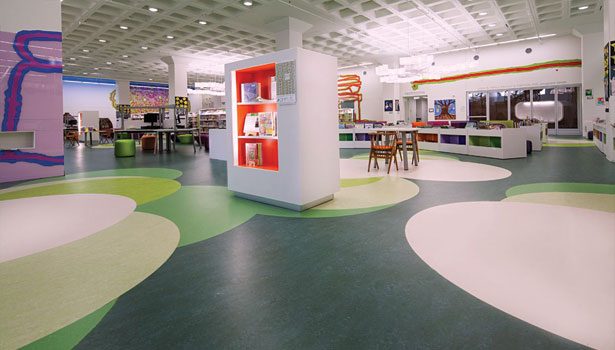
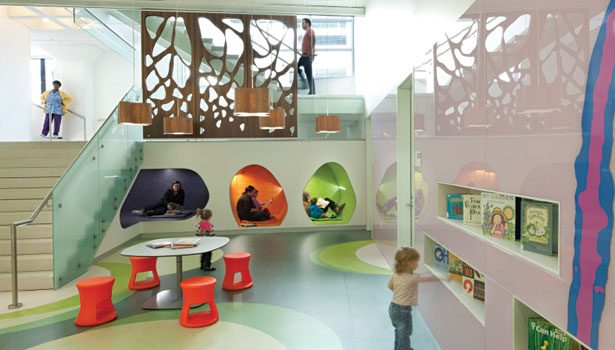



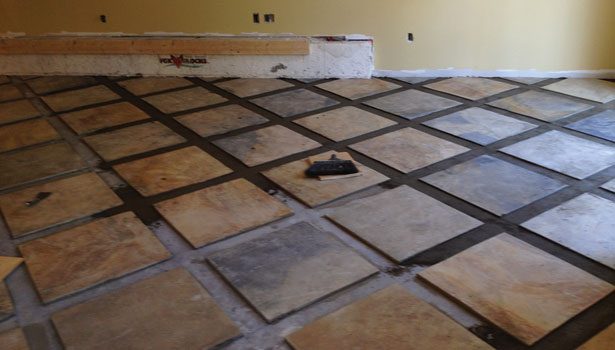

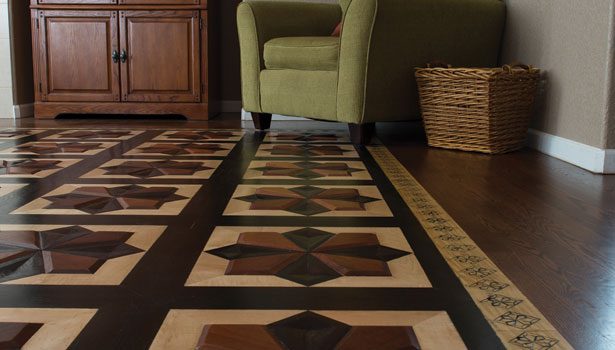

Report Abusive Comment